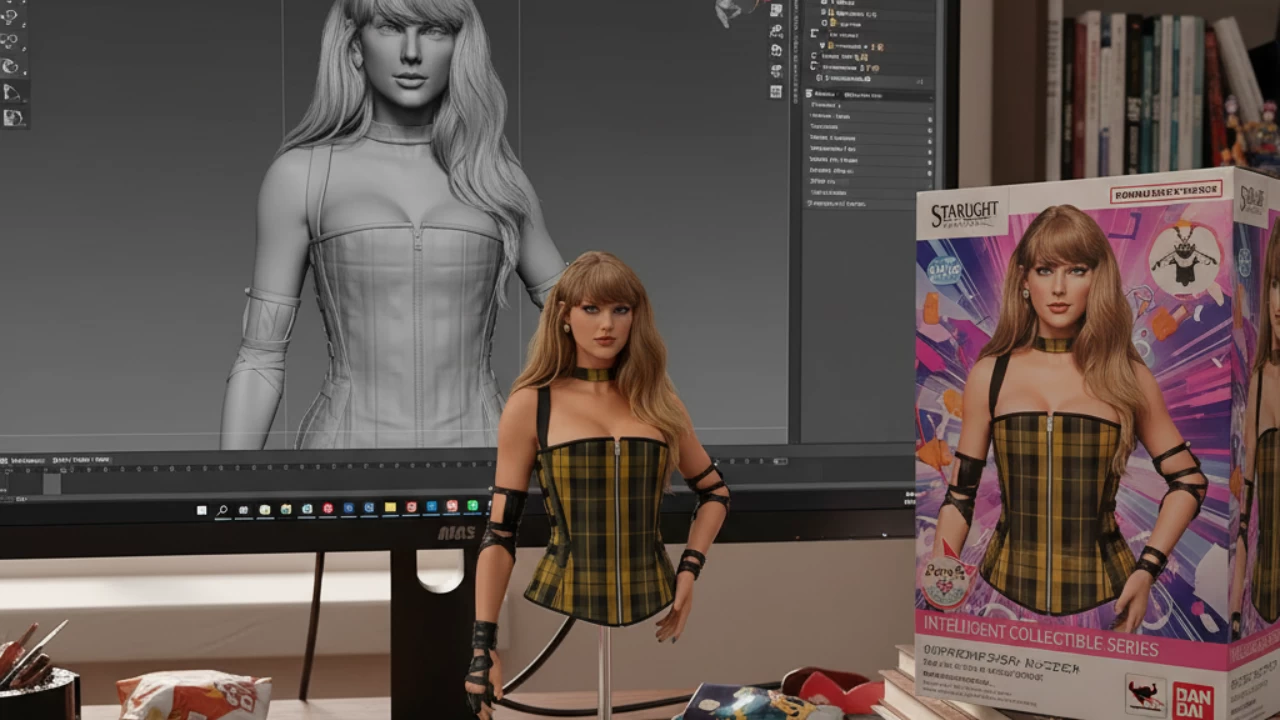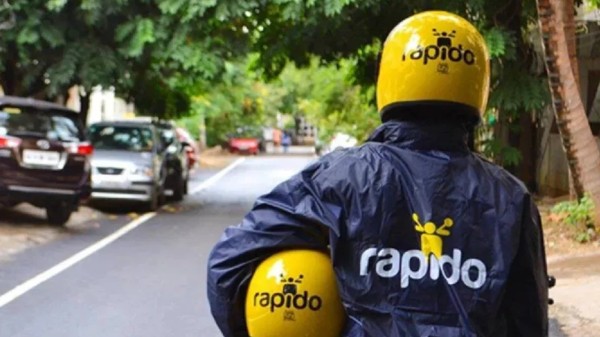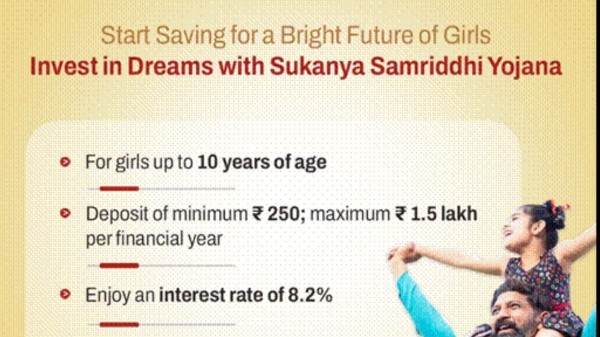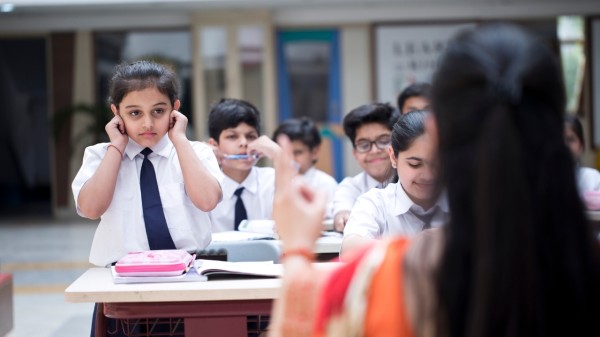

By signing in or creating an account, you agree with Associated Broadcasting Company's Terms & Conditions and Privacy Policy.


By signing in or creating an account, you agree with Associated Broadcasting Company's Terms & Conditions and Privacy Policy.

The Nano Banana trend by Google has dominated the social media feeds; it has started a new generation of 3D figurines that are quirky and hyper-realistic and belong directly to a collectible shop. From TikTok to Instagram and X, users are uploading shinier, miniature personalities which are not hand-crafted toys but generated images using AI, specifically the Gunini 2.5 Flash Image model, made by Google. The output has been lovingly called Nano Banana by the internet because it has a small, shiny, toy-like feel.
The attraction is the fact that the trend is so easy to follow. It takes only a few clicks to make a figurine version of any person, pet or even a celebrity, without the need to have advanced skills or to spend money. The effect is glittering, smooth, and immediately shareable, so it is not a surprise that the trend has already registered more than 200 million creations across the globe.
Nano Bananas are 3D images in figurine form which are created by AI and resemble actual collectible toys. They are not the physical models but instead digitalised artworks that resemble miniatures mounted on shiny acrylic surfaces or even sealed in the toyish boxes. Their realistic characters, facial expressions and clothing feel are what make them go viral.
Its availability contributes to the boom of Nano Banana. The Gemini 2.5 Flash Image by Google has enabled users to just upload a photo, type text or a combination of both and get the results immediately. The fad has been taken on board by influencers, content makers, and even politicians to become what was once a niche project but is now a mainstream trend almost overnight.








